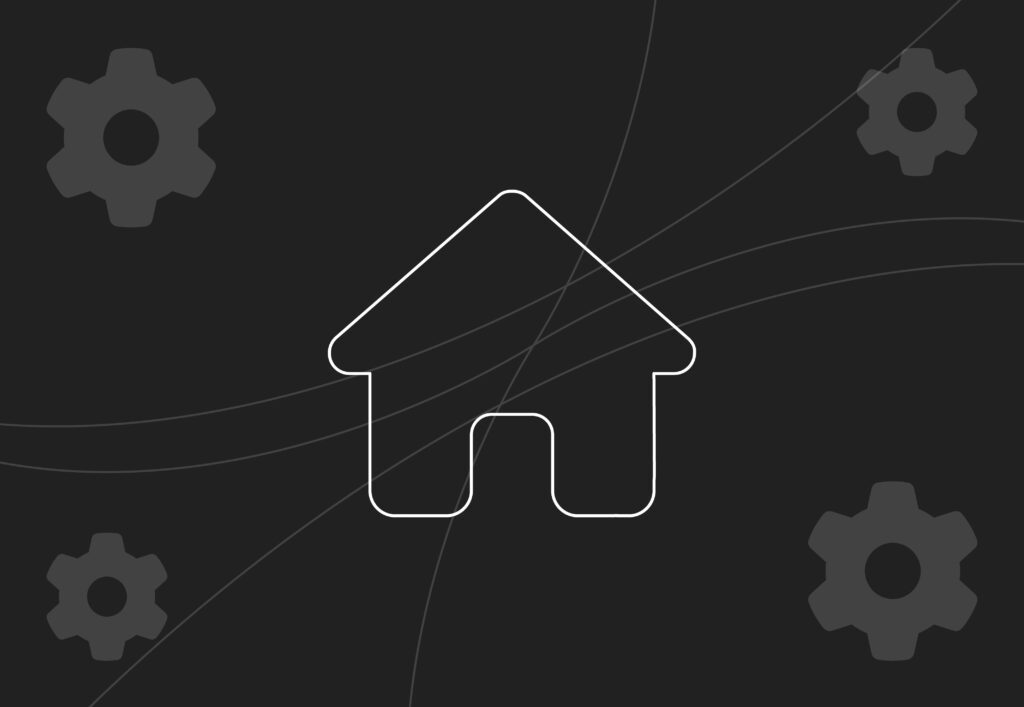
The Evolution of Drupal 8 to 9

As Drupal 9.0 was released to the world in June 2020, the company had taken an important next step in the growth and evolution of its platform by building upon what already exists in Drupal 8 and laying the foundation for the future of the platform.
What is Drupal?
An open-source content management system, written in opensource script code-PHP, the framework is more popular than other content management systems like Magento, Blogger, Shopify, and similar. The Drupal platform has a large, supportive community, and to this date, it is used by millions of people and organizations around the world and helps them to build and maintain their websites. The fact that the platform is open-sourced, means it is a very flexible platform, which can offer freedom, security, and accountability, all factors that aren’t easily matched by its competitors.
Drupal is so ingrained in society, that you probably aren’t even aware that you use Drupal every day. A number of household business names and government organizations use Drupal, such as the Harvard, Whole Foods, Red Cross, The Economist, BBC, NBC News, Government of Australia, Cisco, and Twitter to name a few.
Awarded many titles, Drupal is often seen as one of the best CMS for nonprofits, publications, government agencies, and large-scale organizations. This is due to its ability to perfectly handle heavy traffic sites or websites having complex, vast resource libraries and databases. It was with Drupal 8 onwards that the CMS moved more into the direction of enterprise-ready features.
Drupal 8 – Ahead of its time?
With the full release of Drupal 8, the popularity was only going to increase further, from Drupal 7. At the time, Drupal 8 landed with some amazing new features, all of which aimed to further improve the user’s experience with the platform. Some of these features were:
- User-friendly: Drupal 8 aimed to fix the issues that portrayed it as a complex platform for its users. It became easier and quicker to build a website on the platform and even made the task of uploading or editing content is like a breeze.
- Faster: With an optimum JavaScript load, Drupal 8 made the content caching task much more efficient and faster. Users were able to benefit from quick access to whatever they are looking for without any wait time.
- Multiple Language Support: Users were able to build a website that supports multiple languages without any hassles – different languages were no longer a barrier.
- Mobile-friendly: WYSIWYG editors were all the rage back during 2015, and the inclusion of this feature meant that users were able to make edits to their content on the front-end in real-time.
- Marketing-friendly: Drupal 8 landed with simple content management capabilities. This in turn made the task of digital marketing easier and more result-driven. Content on social media and the Internet was much easier to promote.
Building on top of Drupal 8
Having been released in 2015, Drupal 8 was long due an upgrade in order to keep up with its competition; but that doesn’t mean it didn’t have its uses during the development of Drupal 9. In fact, Drupal 9 was mostly built in Drupal 8 using deprecations and optional updated dependency support. Moreover, there are only two key differences in Drupal 9, as stated on their website:
- Updates of dependencies to versions that stay supported.
- Removal of Drupal’s own code that they deprecated with removal internally before Drupal 9’s release.
Through building Drupal 9 within the already-established Drupal 9, benefits followed this method. For example, fresh (Drupal-9-ready) code was deployed on Drupal 8 sites before Drupal 9 was even released. Additionally, any issues with the new code were augmented within Drupal 8, and also this meant that the new version would not end up with an entirely reworked API.
With all that being said, Drupal 8 is dependent on Symfony 3, and Symfony 3’s end of life is November 2021. Consequently, Drupal 8 support will end on November 2, 2021.
Whilst not much will change between Drupal 8 and Drupal 9, and there haven’t been many big changes in terms of its features, what will have seen some evolution, is the legacy code – a lot of it has now been cleaned up and in a sense, leading to improved efficiency. The evolution of Drupal 8 into Drupal 9 sets up a strong foundation for Drupal and later releases, meaning greater long-term security. Many of the big changes come in the form of enhanced layouts and automatic updates.
What does Drupal 9 bring to the table?
With new advancements in technology and/or framework, comes the demand for individuals to anticipate migrating to the better, newer version. The newer version may have made things simpler or, perhaps it simpler, more efficient performance. As mentioned earlier, whilst there are not many new features added in Drupal 9, the performance of the new version is sure to bring more people aboard.
With efficiency and performance in mind, Drupal 9 has omitted some of the modules which were present in Drupal 8 such as Place Blocks and SimpleTest.
However, despite some features being removed, Drupal 9 is unlike Drupal 8 or Drupal 7, including a number of improvements and evolutions.
- Faster & Better Performance: The drupal community has clarified that while Drupal 9 does not have any massive changes in features or code requirements, it will certainly offer better performance.
- Cleaner Code Base: Whilst Drupal 9 may not have any specific, standout features, (therefore making it is more or less similar to Drupal 8.9), it is different from this last version of Drupal 8 as it does not have any deprecated codes, thus allowing for cleaner code base with Drupal 9 migration. When migrating to the newer version of Drupal, the deprecated codes in each module in any of the older versions of Drupal 8 would need to be removed. This would make it completely clean and offer better performance for the site running on Drupal 9.
- New Features From D 9.1: The Drupal community has promised a rollout of the next versions soon and we already have Drupal 9.1. This version has new and exciting features such as the experimental Olivero frontend theme.
- Headless CMS: In the earlier versions of Drupal, the CMS worked as the end-to-end platform solution. The same CMS for the backend would be used for the frontend also. Whether creating pages or displaying content, the same system would be used. However, with the new instance of Drupal 9, the CMS itself has become ‘headless’, meaning that users can build the backend content on Drupal and use other technologies or frameworks other than Drupal to build the front-end. These front-end technologies would communicate with the backend via the application programming interface of API.
- Symfony & Twig Updates: Even the third-party integration of Symfony has seen an upgrade in Drupal 9. With this recent version upgrade, third-party core dependencies including Symfony, Twig, and more will also be updated to their latest versions.
- New Layout Builder: Another new upgrade offered by Drupal 9 is the new layout builder. Content editors and site builders who use Drupal, have historically been using the layout builder offered by Drupal to build layouts for content display with the drag-drop interface. The new Layout Builder replaces the PlaceBlocks module used in earlier versions making it, even more, easier to work with.
- Backwards Compatibility: While building Drupal 9, the makers made sure to eliminate the concern that upgrading to Drupal 9 would mean they would not be able to use the modules, configurations, and data of Drupal 8 of the same software. They made Drupal 9 backward compatible.
How the end of Symfony 3’s life, has affected Drupal as a whole.
In the end, both Symfony 3 and Drupal 8’s lives were inextricably linked, it is in fact due to Symfony 3’s end of life that Drupal 8 will have its end-of-life in November 2021. That being said, Drupal 7 will continue to have security team processes even after November 2022.
Get in touch with us here at Embryo, and be rest assured that our web design and the ability to rebuild your site will allow you to get the best features and functionalities without any hassle. If you’re interested in working with the Embryo design team, take a look at some of our recent projects!
Regardless of the platform, make sure your site is up-to-date. Older versions mean more security threats and lagging performance issues, which affect the users of your site.



